Stages of Cannabis Ripening: How to Get a Spectacular Harvest

Just like you don't want to eat an underripe fruit, you don't want to harvest your marijuana when it hasn't been wholly cultivated. If optimized well and controlled, the process of mellowing can award a grower with a spectacular yield, rich in terpenes and cannabinoids. But how can you tell exactly when your fluffy buds are fully ready to be harvested?
4 Signs of Cannabis Ripening
There are four primary signs of ripening cannabis that you should keep an eye on when growing your plant:
-
Buds swelling – When your plant becomes mature, its buds are growing and increasing in density.
-
Leaf color change – The leaves of the flower also change as it matures. These changes can vary depending on the particular strain. Namely, the leaves can turn yellow, darken, or become purple.
-
Resin production increase – Resin production is another sign of maturation that you can notice with ease. When it increases, your buds will become more resinous and sticky.
-
Aroma development – Lastly, a notable, strong aroma that develops when your plant matures is another clear sign of mellowing. The specific aroma can be different for every strain, but it’s still a thing to keep your eye on.
Cannabis indica and sativa strains exhibit distinct genetic traits, including variations in pistil colors, which can signal maturity and readiness for harvest. Indica strains often feature darker, more densely packed buds with pistils that may appear in shades of deep orange to brown as they mature. Sativa strains, on the other hand, tend to have lighter, fluffier buds with pistils that can range from bright white to vibrant orange or even red, reflecting their different genetic backgrounds and growing conditions. These visual cues help growers determine the optimal harvest time to ensure maximum potency and yield from their cannabis plants.
In addition to these signs, there are two more, related to the development of your plant’s pistils and trichomes. These can be less obvious to an inexperienced grower’s eye. So let’s delve deeper and define what they are and how to tell when your plant is mature based on these elements.
Read Also: Growing Cannabis: The Beginner's Shopping List and Top 7 Beginner Tips
Few More Signs That Can Tell Your Cannabis Is Ripe
The structures that shape a cannabis bud include stems, sugar leaves, and resin. Additionally, there are three important elements:
-
Calyxes – Small, bulbous elements that make up the bulk of the flower.
-
Trichomes – Tiny, mushroom-like elements that cover the surface of stems, leaves, and calyxes.
-
Pistils – Hair-like elements that stick out from the calyxes.
Comparing trichomes vs pistils, it’s also worth noting that pistils are part of the reproductive system of female plants that develop into seeds after pollination. And trichomes contain resin glands that are responsible for the production of everything you want in your flowers, such as terpenes, cannabinoids, and other compounds. Simply put, trichomes are responsible for the potency, flavor, and aroma of your yield. And that's why you want them to develop fully before you harvest.
Now, what happens to these two elements when cannabis mellows? Pistils, which are initially white, will start changing their color and turning orange, red, or brown. And trichomes will change color too. From clear, they can turn milky or cloudy, which is another indication of the ripening process.
Ripe Cannabis Buds: Main Stages by Weeks

If you want to level up your growing skills and get excellent yield every time, you need an in-depth understanding of how long to wait for marijuana to bud and what the ripening process looks like step by step.
If you don’t have this understanding, you risk collecting yield that doesn’t correspond to your needs and expectations. Your flower has different features during different stages of maturation. To help you understand this concept better, let’s quickly compare ripe buds vs unripe.
| Ripe | Unripe | |
|---|---|---|
| Aroma | Strong and distinct aroma, typical for each specific strain | Milder and less tangible aroma |
| THC content | Higher levels of tetrahydrocannabinol (THC), which is responsible for the “high” effect | Lower levels of THC, but, sometimes, higher levels of cannabidiol (CBD) |
| Effects | A more well-rounded experience, with a blend of psychoactive and physical effects | Less potent experience, with fewer and less pronounced effects |
As you can see, collecting fully mature flowers can provide you with a more potent and well-rounded experience, filled with various effects, such as:
On the other hand, you might discover that you like unripe flowers better for less potency and higher levels of CBD, which also provides a variety of health benefits, just without the psychoactive effects. Also, you might wait too long and collect over ripe buds, which is something you should watch out for. Although you can technically smoke them, an over-ripe flower has decreased potency and, often, a rather unpleasant taste.
In any case, you must know the ripening stages to be able to harvest your buds at the perfect time. So let’s break down this process into specific stages.
Read Also: Fluffy Buds? No Thanks: A Helpful Guide to Growing Dense and Sticky Cannabis
Weeks 1 to 3
The first stage of ripening begins during the first week of flowering. At this point, if you look closely at your plant, you will notice the beginning of the stigmas’ development. Stigmas are white, hair-like structures that grow from pistils and take an active part in the pollination and fertilization process. That is, during weeks 1 to 3, your cannabis can be pollinated if you want to produce seeds. However, if you leave them un-pollinated, these stigmas will remain white for quite a while.
Weeks 4 to 6
The fourth and fifth weeks of flowering are when your buds are forming actively. If a plant wasn’t pollinated, it will keep putting out more stigmas, layer by layer. This way, your flower will get thicker and eventually turn into a hard bud.
By the sixth week, your buds will finally start to ripen. During this stage, stigmas start changing their color, which can be different depending on the strain you grow and the temperature. Also, during week six, the trichomes on your plant will be getting more prominent and their caps will finally start filling up.
Weeks 7 to 8
This is the last stage of the process. By week seven or eight, your plant should have mostly brown stigmas and more prominent trichomes. The glands on the trichomes should start bulging like balloons. However, they are still filling up with terpenes and THC, which means that your buds still haven’t reached their full intensity. At this point, you are about one week away from full ripening.
When the flower is finally ripe, you should see that its trichomes are fully erect and have prominent caps. At this point, all glands must be clear. Soon, some of the glands will start changing their color to milky white or amber, which indicates that your flower is at the peak of its potency, and soon it will change from THC to less potent CBN. This transition typically takes around 72 hours, and that’s when cannabis is ready to harvest.
The Ripening of Trichome Stages
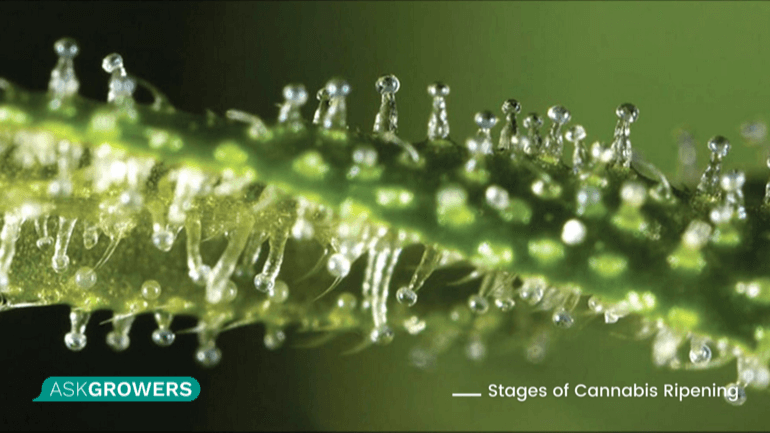
Trichomes are probably the most important part of the cannabis plant for every grower. These tiny resin glands contain caps that fill up with terpenes, THC, and other cannabinoids, which are so important for the potency and quality of your buds. Trichomes look like small stalks and grow on the leaves that surround your flower, and when the plant is fully ripened, all flower areas will be covered with trichomes.
As a grower, you should oversee the process of the trichomes’ development to have full control over the quality of your yield. Here is a detailed trichome ripeness chart to help you understand the stages of these glands’ development:
| Immature trichomes | When immature, trichomes are already filled but their caps aren’t bulging yet. At this stage, all trichomes are clear and their odor starts increasing. |
|---|---|
| Mature trichomes | they stand more erect and their caps bulge with resin. The majority of caps are still clear, but some start turning milky white or amber, indicating the upcoming transition from THC to CBN. |
| Over ripe trichomes | When you let your plant ripen for too long, trichomes become less erect, the majority of them will become milky white or amber, and the odor will become not so pleasant. |
That’s what the primary stages of trichome ripening look like. The duration of their development can last from two to five weeks, depending on the strain you grow. In any case, you must closely track these processes and changes in the appearance of the trichomes to harvest your yield with ripe trichomes.
The secret to a potent yield lies in the timing of the harvest. Pay close attention to trichome and pistil changes. Harvesting when trichomes are clear, milky, or amber can significantly impact the final product's potency and flavor.
Read Also: Which Weed Growing Method Is Better – Soil, Rockwool, Peat Moss, or Coco Plus Perlite?
Find Your Perfect Bud Swelling Technique
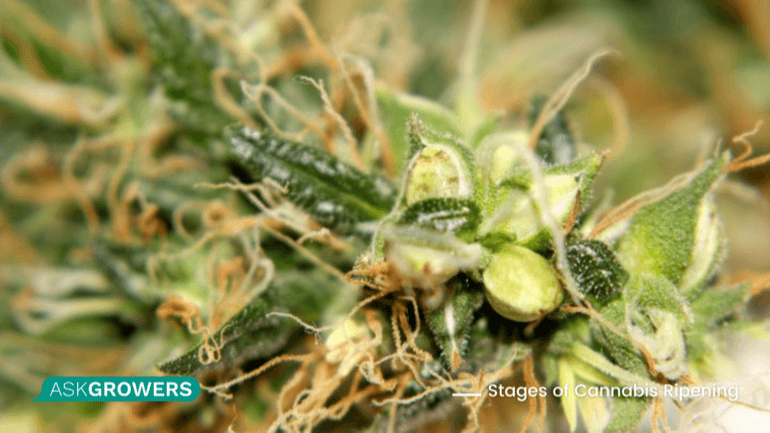
Bud swelling is the process that enhances the yield and quality of the flower, and there are ways to promote this process in your plant.
Here are some of the most efficient bud swelling techniques you can try:
-
Shock ripening – This tactic implies just what is said in its name - shocking plants before harvest. The source of shock is typically either darkness or cold. For example, when shock ripening cannabis, you can leave the plant in the dark place for a few days before harvest or water it with icy water. Such stresses encourage resin production and can help you gain larger flowers.
Supplements – The next technique is quite simple, yet it's often overlooked by many growers. If you're aiming for decent, potent buds, consider using high-quality trichome-enhancing supplements. They can significantly improve your cannabis, maximizing trichome development. For the healthiest ripening process, balancing essential nutrients - phosphorus, potassium, and nitrogen - is critical. This not only aids in the plant's growth but also guarantees the development of rich, aromatic buds. Excessive or insufficient quantities can negatively impact the quality of the buds. Keep this in mind and be incredibly careful when adding any stimulating supplements.
-
Pruning – Finally, cutting certain parts of your plant at the right time can stimulate cannabis to accelerate growth and reach its maximum potential. Read our complete guide to learn how to prune marijuana for the best yields.
These are some of the most popular and effective bud swelling techniques. Be sure to try them to get the most out of every yield.

 Growing
Growing
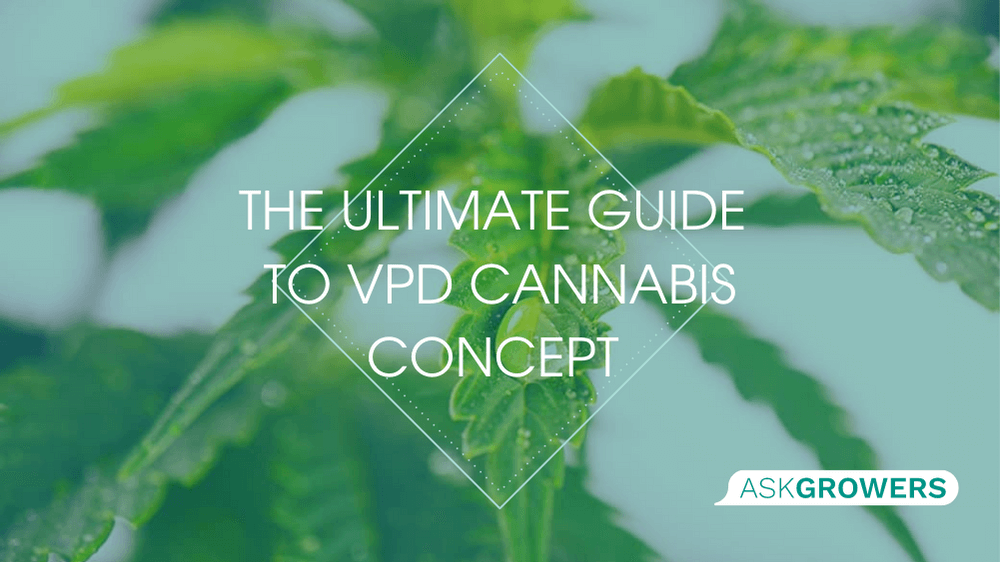



.png)
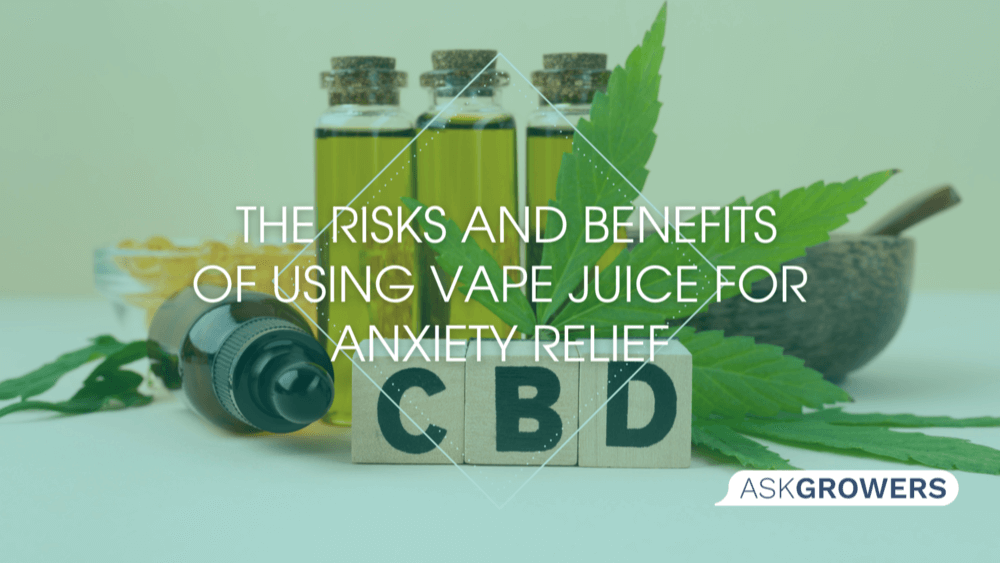
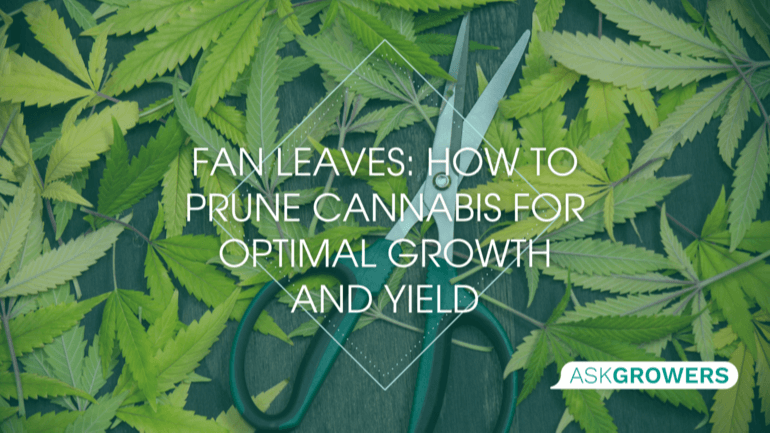
 (1).png)

.jpg)
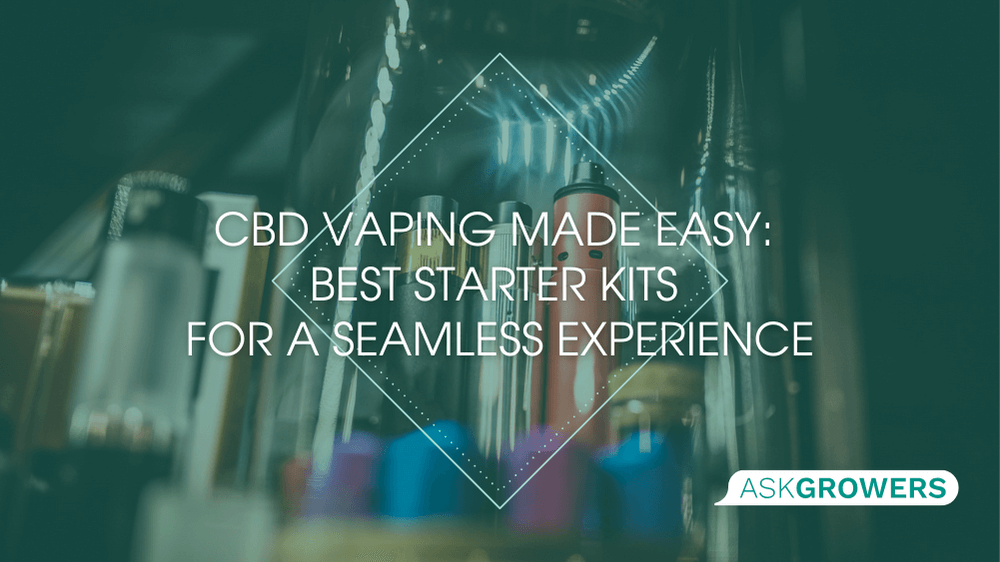




Be the first and share your opinion
Write a Review